10 Animals That Came Back From Extinction
Description
10 Animals That Came Back From Extinction
If you're new, Subscribe! → http://goo.gl/djmfuX
Top 5 Best is the #1 place for all your heart warming stories about amazing people that will inspire you everyday. Make sure to subscribe and never miss a single video!
#viralstory #amazingpeople #top5best
10 Animals That Came Back From Extinction
Extinction is a dead end. There’s no coming back from it, or so they say. These animals on our list
survived apparent extinction and against all odds, still lives today. Especially number one which can be
considered the most ancient animal on this list so watch out for that. Here are 10 animals that came
back from extinction.
Number 10. The Gastric Brooding Frog
The southern gastric brooding frog was discovered in 1972 in the mountains of Queensland, Australia.
But the world only took notice of it in 1974 when somebody discovered the quite repulsive way it
reproduced.
Simply put, the mother frog converts her stomachs into a womb. She swallows her own eggs and stops
making hydrochloric acid in her stomach to avoid digesting her own young. Around 20 to 25 tadpoles
hatch inside her and the mucus from their gills continues to keep the acid at bay. While the tadpoles
grow over the next six weeks, mommy never eats. Her stomach bloats so much that her lungs collapse,
forcing her to breathe through her skin. If that isn’t the ultimate example of motherly love i don’t know
what is. Eventually, she gives birth to her brood through “propulsive vomiting”, spewing them into the
world as fully-formed froglets.
However, during the time when scientists wanted to fully study this amazing animal, they became
extremely hard to find. The last specimen was seen in the wild in either 1979 or 1981 and despite
extensive field surveys, none was ever found again. The last captive individual died in 1983, and the
species was no more.
Until a few years ago when Mike Archer and his team from the University of New South Wales were able
to bring this once extinct creature back to life by using a process known as somatic cell nuclear
transplantation; they deactivated eggs from the distantly related great-barred frog and swapped the
nuclei with that of the gastric-brooding frog.
To Mike and his team, thank you for all your hard work. Now we can look forward to seeing tiny
vomiting frogs out in the wild again.
Number 9. The Crested Gecko
The crested gecko is the perfect example of an animal bouncing back from extinction. More on that in a
bit, first, meet the animal.
Crested geckos, or “cresties”, are a member of the Diplodactylidae family of geckos native to Australia,
New Zealand and New Caledonia. They are among the largest gecko species and typically range from
6–10 inches in length, including 4–6 inches of tail length. Their most distinctive features are the hair-like
projections found above the eyes, which greatly resemble eyelashes. Crested geckos also have two rows
of spines that run from the sides of their wedge-shaped head to the base of their tail. Oh, and they don’t
have eyelids so they use their long tongues to moisten their eyes and remove debris.
They are, actually, a very popular pet. Mainly because of the way they look and how easy it is to take
care of them. But it almost didn’t go that way, as they were thought to be long extinct, until they were
rediscovered in 1994. When they were rediscovered, the trade of this animal was banned worldwide,
but not before a couple of breeders in the US got a hold of some. And the rest, as they say, is history.
Number 8. The Bermuda Petrel
Like the dodo, which is probably the poster child for extinct birds, the Bermuda petrel was an island-
dwelling bird whose existence was threatened by man. When Christopher Columbus sailed the ocean,
it’s thought there were up to a million of the nocturnal seabirds on the then-uninhabited Bermuda
Islands.
In the 1500s, passing Spanish sailors, and the rats and pigs they brought with them, feasted freely on the
birds and their eggs during their pitstops on the North Atlantic islands. In the 1600s, just 20 years after
British settlement on Bermuda, the Bermuda petrel was declared extinct
Almost 400 years later, in 1951, Bermudan teenager David Wingate was one of a party of naturalists
who rediscovered 17 nesting pairs of the grey and white bird, clinging to life on four rocky islets close to
Bermuda’s Castle Harbour. He became Bermuda’s first conservation officer and worked tirelessly to
support the petrel’s re-establishment until his retirement; now in his eighties, he still visits the seabirds
he dedicated his life’s work to.
Number 7. The New Guinea Singing Dog
The New Guinea highland wild dog has been proven to be the most ancient living wild dog. This species
is thought to be the ancestors of domesticated dogs and has been feared extinct for more than 50 years.
They are called singing dogs because of their love of howling, which probably didn;t endear them to
their neighbors.


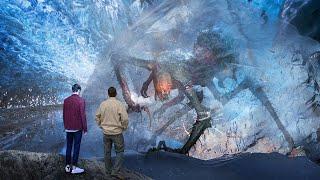





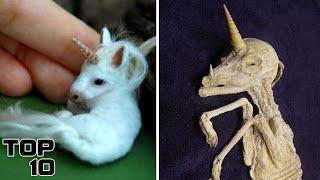

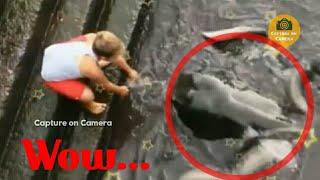
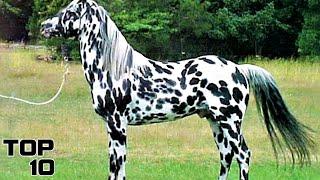

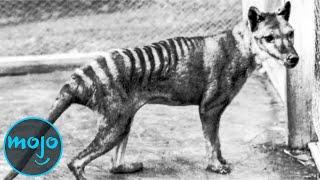







Comments